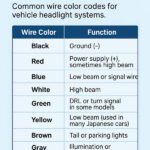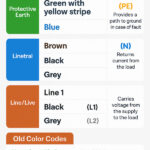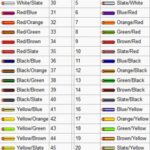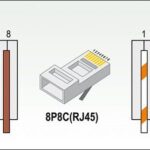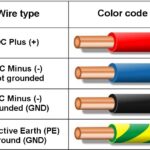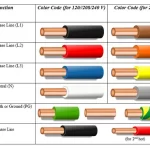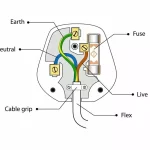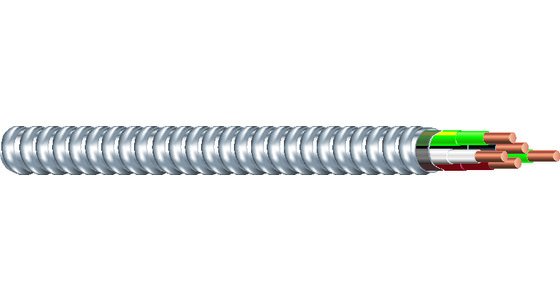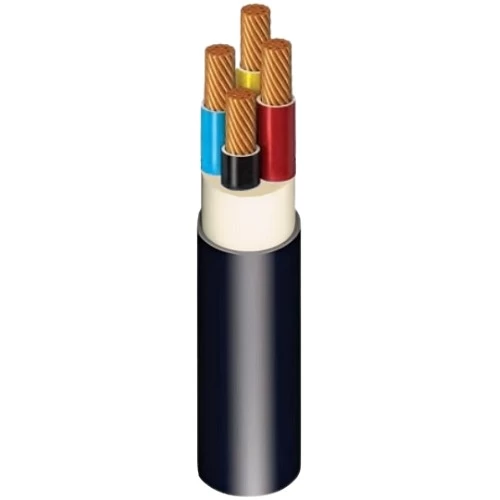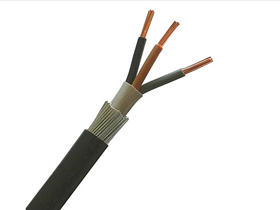When working with electrical systems in Europe, understanding the EU wire color code is essential for safety, compliance, and efficiency. Whether you're an electrician, DIY homeowner, or engineer, using the correct wire colors helps prevent accidents and ensures your installation meets European standards.
This guide covers the current EU wire color codes, their meanings, and how to apply them in residential, commercial, and industrial settings.
What Is the EU Wire Color Code?
The EU wire color code refers to a standardized color scheme for identifying electrical conductors in Europe. It helps distinguish between live (phase), neutral, and protective earth (ground) wires to reduce the risk of electric shock and wiring errors.
The standard wire color code across the European Union is defined by IEC 60446 and incorporated into local regulations like the Harmonised Document HD 308 S2.
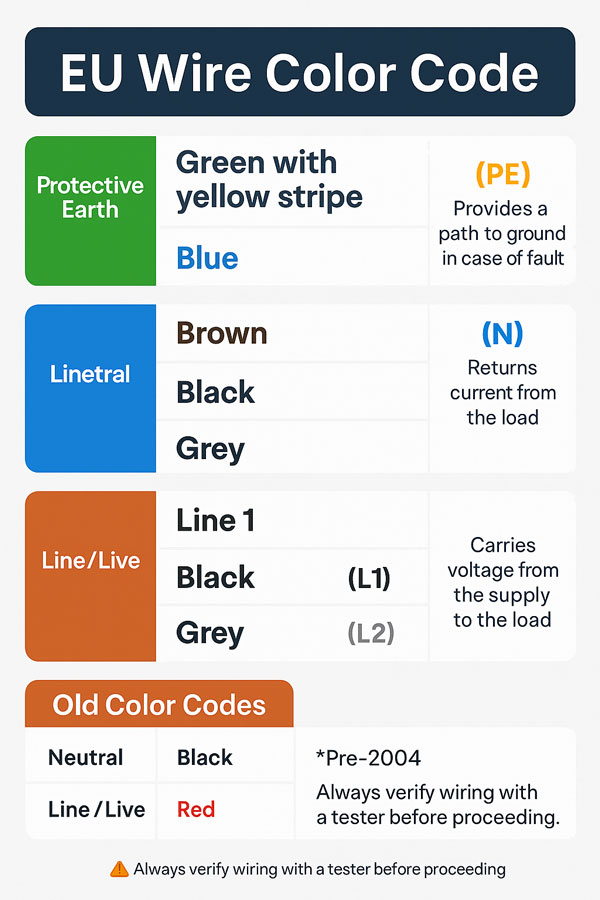
eu wire color code
Standard EU Wire Color Codes
| Wire Function | Color (Current EU Standard) |
|---|---|
| Protective Earth (PE) | Green with Yellow Stripe |
| Neutral (N) | Blue |
| Line/Live (L1) | Brown |
| Line/Live (L2) | Black |
| Line/Live (L3) | Grey |
| Old Neutral (Pre-2004) | Black |
| Old Phase (Pre-2004) | Red, Yellow, Blue |
🔧 Note: Pre-2004 installations may still use old color schemes. Always verify wiring with a tester before connecting.
Color Code Breakdown by Wire Type
1. Earth Wire (Protective Conductor)
-
Color: Green and yellow stripes
-
Purpose: Provides a path to ground in case of fault
-
Safety Tip: Never used as a current-carrying conductor
2. Neutral Wire
-
Color: Solid blue
-
Purpose: Returns current from the load to the source
-
Important: Only one neutral wire per circuit to prevent looping
3. Live/Phase Wires (Single and Three-Phase Systems)
-
Single-Phase Live: Brown
-
Three-Phase Live:
-
L1: Brown
-
L2: Black
-
L3: Grey
-
-
Function: Carries voltage from the supply to the load
Application Examples
Residential Wiring (Single Phase)
-
Live (Brown) → Light switches, sockets
-
Neutral (Blue) → Lighting return, power circuits
-
Earth (Green/Yellow) → Grounding outlets and fixtures
Industrial Wiring (Three Phase)
-
L1 (Brown), L2 (Black), L3 (Grey) → Motors, heavy machinery
-
Blue → Neutral
-
Green/Yellow → Protective Earth
Old vs New EU Wire Color Codes
| Function | Old Color (Pre-2004) | New Color (Post-2004) |
|---|---|---|
| Earth | Green or Green/Yellow | Green/Yellow |
| Neutral | Black | Blue |
| Line 1 | Red | Brown |
| Line 2 | Yellow | Black |
| Line 3 | Blue | Grey |
⚠️ Warning: Older installations may use non-standard or outdated colors. Use caution and consult an electrician if unsure.
Safety and Compliance Tips
-
Always turn off power before working on wiring.
-
Double-check colors using a multimeter or voltage tester.
-
Follow local electrical regulations and EU safety directives.
-
Use properly rated cables for your application.
-
Hire a certified electrician for complex or high-voltage work.
Conclusion
Knowing the EU wire color code is not just about compliance—it's about ensuring electrical safety and accuracy. Whether you're rewiring a home or designing an industrial system, using the correct color-coded conductors helps prevent dangerous mistakes and improves system clarity.
By adhering to EU standards, you contribute to a safer, more reliable electrical environment across Europe.



